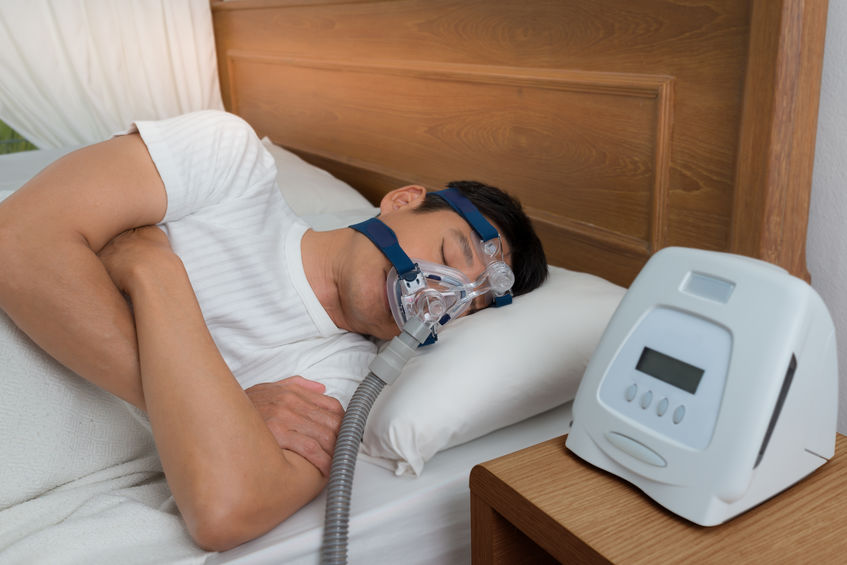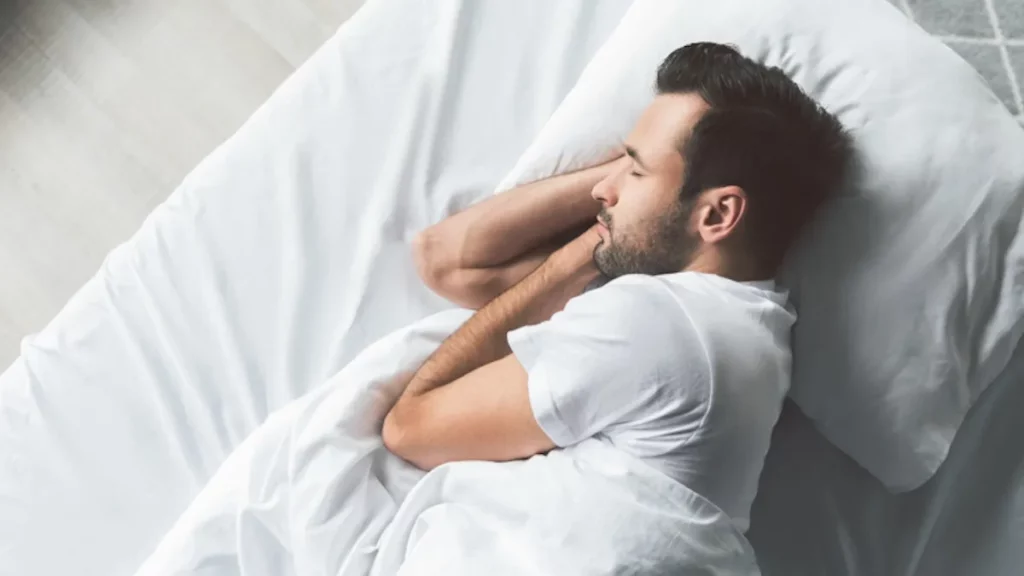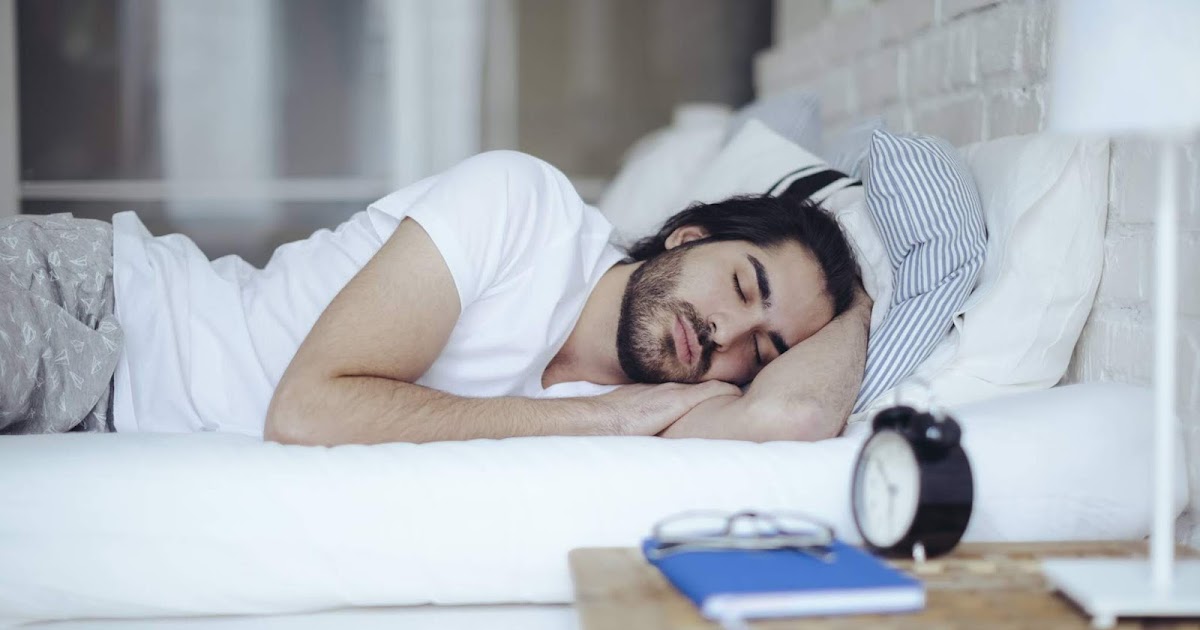What Is a Home Sleep Study and Why Is It Used in Devonport?
A home sleep study is a diagnostic test that monitors your breathing, oxygen levels, and sleep patterns whilst you rest in your own bedroom using portable recording equipment. This Devonport sleep assessment method provides physicians with essential data to diagnose conditions like obstructive sleep apnoea without requiring hospital admission.
The sleep testing benefits of home studies make them increasingly popular across Tasmania. Patients sleep in familiar surroundings, which often produces more representative results than laboratory environments where anxiety and discomfort can affect natural sleep patterns. The cost difference is substantial—home sleep testing Devonport services typically cost significantly less than overnight hospital polysomnography, with Medicare rebates available for eligible patients.
For Devonport residents and those in surrounding areas like Latrobe, Ulverstone, and Sheffield, sleep testing in Devonport eliminates travel burdens associated with hospital-based testing. Rather than driving to Launceston or Hobart for overnight stays, patients collect equipment locally, complete the study at home, and return devices the next business day.
The home sleep testing Devonport approach suits most patients suspected of having sleep-disordered breathing. The portable technology captures sufficient physiological data for accurate diagnosis whilst maintaining the convenience and comfort that makes compliance easier. This accessibility ensures more residents can address potential sleep disorders without the logistical challenges of traditional testing methods.
What Types of Equipment Are Used During Home Sleep Studies?
Home sleep studies rely on a portable diagnostic recorder that captures multiple physiological signals simultaneously throughout the night. This compact device serves as the central hub, collecting data from various sensors attached to your body. Unlike bulky hospital equipment, these sleep monitoring devices are designed for ease of use in your own bedroom, typically clipping onto your nightwear for secure positioning.
The home sleep test equipment comprises several interconnected components working together to create a comprehensive picture of your sleep patterns. Each piece monitors specific aspects of your physiology, from brain activity to breathing patterns. The system records continuously, capturing data that trained specialists later analyse to identify potential sleep disorders.
How Are Electrodes Used in Home Sleep Testing?
ECG-style electrodes attach to specific locations on your face and head to record electrical signals generated by your brain and muscles during sleep. These small adhesive sensors include a lead positioned on the left side of your forehead, along with additional placements around your facial area. The facial electrodes remain in place throughout the night, secured with medical-grade adhesive that’s gentle on skin yet firm enough to maintain contact.
The sleep electrodes setup captures crucial electrical activity that reveals different sleep stages and potential disruptions. These sensors detect:
- Brain wave patterns indicating whether you’re in light, deep, or REM sleep
- Eye movements that help identify REM sleep phases
- Muscle tension changes that may signal sleep disorders
- Heart rhythm variations throughout the night
Each electrode wire connects back to the portable diagnostic recorder, transmitting real-time data about your neurological and muscular activity. This electrical monitoring provides sleep specialists with detailed information about sleep architecture—the structure and pattern of your sleep cycles. The placement precision matters significantly; even slight variations in electrode positioning can affect data quality, which is why trained technicians handle the initial setup during your appointment.
How Is Breathing Monitored with Respiratory Effort Bands?
Respiratory effort bands wrap around two key areas: one encircles the chest whilst another sits around the stomach. These elastic bands contain sensors that detect the expansion and contraction of the ribcage and abdomen during each breath cycle.
The bands measure the mechanical effort your body exerts to breathe throughout the night. When you inhale, your chest and stomach expand, stretching the bands. During exhalation, these areas contract, and the bands register this movement. This data helps identify breathing irregularities such as:
- Reduced breathing effort (hypopnoeas)
- Complete pauses in breathing (apnoeas)
- Paradoxical breathing patterns where chest and abdomen move in opposite directions
The portable diagnostic recorder captures these signals continuously, creating a detailed map of your respiratory patterns. Because the bands must remain in position all night, they’re secured beneath your sleepwear, which cannot be removed until morning. This placement ensures consistent contact with your body, allowing the home sleep test equipment to accurately track every breathing movement during your study.
What Role Does the Nasal Cannula Play in Measuring Airflow?
The nasal cannula is an important breathing sensor used in home sleep test equipment. It detects airflow patterns as you breathe during the night. This thin, flexible tube sits just beneath your nostrils and connects directly to the portable diagnostic recorder device, capturing subtle changes in air pressure with each inhalation and exhalation.
The cannula monitors two essential breathing metrics:
- Airflow volume – measuring the amount of air moving through your nasal passages
- Breathing rate – tracking the frequency and rhythm of your respiratory cycles
This measurement of airflow works together with the respiratory effort bands to give sleep doctors a complete understanding of your breathing patterns. While the bands around your chest and stomach measure effort, the nasal cannula shows whether that effort actually leads to sufficient airflow. This difference helps identify conditions like obstructive sleep apnoea, where breathing effort continues but airflow becomes restricted or stops completely.
The cannula stays in place throughout your sleep study, making it one of the most important devices for monitoring sleep and detecting breathing problems.
How Is Oxygen Saturation Measured with an Oximeter?
The oximeter finger clip attaches to a single finger—typically the index or middle finger—throughout the night to continuously track blood oxygen levels. This pulse oximetry device forms a critical component of the portable diagnostic recorder system, capturing real-time data about oxygen saturation that helps identify breathing disruptions during sleep.
Proper nail preparation ensures accurate oxygen saturation monitoring. The finger selected for the oximeter must be completely free from:
- Nail polish (including clear coats)
- Gel manicures or acrylic extensions
- Dirt or debris under the nail
- Heavy hand creams or oils
These substances interfere with the light sensors in the pulse oximetry device, potentially skewing readings. Patients receive specific instructions to clean and prepare one fingernail before their appointment, as this small step significantly impacts the quality of data collected by the home sleep test equipment. The oximeter remains clipped in place all night, working alongside other sleep monitoring devices to build a comprehensive picture of respiratory function.

How Are Patients Set Up With This Equipment for Their Home Study?
Home sleep study setup in Devonport involves a structured appointment where trained staff attach all monitoring equipment to the patient. The process typically takes 45-60 minutes and requires patients to arrive prepared for the attachment of various sensors and devices.
During the appointment, technicians systematically connect each piece of equipment following a specific protocol. The portable diagnostic recorder is clipped onto the patient’s nightwear, whilst electrodes are carefully positioned on the face and head. Respiratory effort bands are secured around the chest and stomach, the nasal cannula is fitted, and the oximeter is attached to a prepared fingernail. The entire setup must remain intact throughout the night, which means the clothing worn during attachment cannot be removed until morning.
Some patients may qualify for self-setup options, where they receive detailed instructions and equipment to attach at home. This approach requires careful attention to the provided guidelines to ensure accurate data collection. Whether set up by staff or self-administered, proper patient preparation for sleep test procedures is essential for reliable results.
What Preparation Steps Should Patients Follow Before Setup?
Pre-study preparation begins several hours before the scheduled appointment or self-setup time. Patients should shower or bathe before the equipment attachment, as this cannot be done whilst wearing the monitoring devices.
All makeup, moisturisers, and facial oils must be thoroughly removed before electrode placement. These substances create a barrier between the skin and electrodes, potentially compromising the quality of electrical signal recordings. Clean, dry skin ensures optimal adhesion and accurate data capture.
Patient instructions home sleep test protocols emphasise fingernail preparation for oximeter attachment. One fingernail—typically on the index or middle finger—must be completely free from:
- Nail polish or varnish
- Gel or acrylic extensions
- Artificial nails
- Any decorative elements
Clothing selection matters significantly for the setup process. Patients should wear a comfortable top that buttons or zips at the front, allowing easy access for respiratory band placement whilst maintaining modesty. The chosen nightwear must accommodate the clipped recorder and cannot be changed until the study concludes the following morning. Loose-fitting pyjamas or nightshirts work best, avoiding tight-fitting garments that might interfere with
What Are The Guidelines for Patients After Setup?
Once the equipment is attached during your 45–60 minute appointment, you’ll need to follow specific activity restrictions until morning. The device clips onto your nightwear and cannot be removed overnight due to the respiratory bands positioned around your chest and stomach.
Key restrictions include:
- Avoid socialising – The attached equipment makes social interactions awkward and may compromise the study’s accuracy
- No sports or vigorous activities – Physical exertion could dislodge sensors or damage the recording device
- Limited movement – While you can move naturally during sleep, excessive activity should be avoided
The equipment remains securely fastened to your clothing throughout the night, ensuring continuous data collection. You’ll wear the nasal cannula, finger oximeter, facial electrodes, and respiratory bands simultaneously, which restricts your ability to change clothes or engage in your usual evening routine. These post-setup guidelines help maintain sensor placement and ensure the recorded data accurately reflects your typical sleep patterns without interference from external activities. Click here to get how much does a sleep study in Launceston cost and what’s covered?
How Is The Data Collected and Processed After The Study?
Data collection home sleep test procedures begin the moment you start recording and continue until you wake and remove the equipment. The portable diagnostic recorder captures multiple physiological signals simultaneously throughout the night, storing hours of detailed information about your breathing patterns, oxygen levels, heart rate, and sleep position. This comprehensive dataset forms the foundation for your sleep assessment.
Once you return the equipment, the recorded data undergoes a meticulous analysis process. The information stored on the device is downloaded onto secure systems where polysomnographic technologists begin their detailed examination. These specialists are trained to identify patterns, anomalies, and specific events that occurred during your sleep period.
Who Analyzes the Recorded Sleep Data?
Polysomnographic scoring is performed by registered technologists who have specialised training in sleep medicine. These professionals manually review each recording, identifying respiratory events, oxygen desaturation episodes, and other significant sleep-related occurrences. They measure the duration and severity of breathing disturbances, count the number of events per hour, and document patterns throughout the night.
The technologists’ initial analysis is then forwarded to sleep physicians for comprehensive review. These medical specialists examine the scored data alongside your medical history, risk questionnaires, and clinical presentation. The sleep physician report provides diagnostic conclusions, severity assessments, and treatment recommendations based on the complete picture of your sleep health.
Sleep data analysis Devonport services follow strict quality assurance protocols. Both technologists and physicians must meet national standards for sleep medicine practice. This dual-review process ensures accuracy and reliability in diagnosing conditions such as obstructive sleep apnoea, central sleep apnoea, and other sleep-disordered breathing patterns.
The analysis considers multiple factors beyond simple event counts. Specialists evaluate the relationship between body position and breathing disturbances, assess oxygen level fluctuations, examine heart rate variations, and identify any unusual patterns that might indicate specific sleep disorders. This thorough approach ensures that subtle but clinically significant findings are not overlooked during the diagnostic process.
When Are Results Available and How Are They Delivered?
Home sleep study results usually take 2–4 weeks to be ready after you return the equipment. This time is needed for trained professionals to carefully analyse the data collected during your home sleep test and for sleep specialists to prepare detailed reports.
Here’s how the process works:
- After your overnight study: Once you’ve finished your sleep study at home, you’ll need to remove and throw away certain disposable parts like nasal cannulas and respiratory bands.
- Returning the equipment: It’s important that you send back the main device and oximeter by the next business day. This quick return is necessary to make sure the equipment can be used by other patients while we start analysing your sleep data right away.
- In-depth analysis by experts: During the analysis phase, registered technologists will carefully examine all aspects of your recorded sleep patterns, breathing events, and oxygen levels.
- Review by sleep physicians: After the technologists have completed their analysis, sleep physicians will review their findings in order to create detailed medical reports.
- Direct delivery to your doctor: The final sleep physician report will be sent directly to your referring doctor. This allows them to discuss the results with you during your follow-up appointment and recommend suitable treatment options based on the comprehensive analysis of your sleep data.

Who Is Eligible for Home Sleep Testing in Devonport?
You need a referral from your GP or a specialist to access home sleep testing in Devonport. This referral must be accompanied by completed risk assessment questionnaires that help determine your suitability for the study.
The eligibility criteria home sleep study Tasmania providers follow ensure that patients receive the most appropriate diagnostic pathway for their symptoms. Your doctor will assess whether your symptoms and medical history make you a suitable candidate for home-based testing rather than in-laboratory polysomnography.
Medicare rebates for sleep tests can cover a significant portion of the costs when specific conditions are met. These criteria typically include:
- Having documented symptoms consistent with sleep-disordered breathing
- Completing all required risk assessment forms
- Meeting clinical threshold scores on screening questionnaires
- Obtaining proper referral documentation from your healthcare provider
The rebate structure means many Devonport residents can access Sleep Testing in Devonport: What Equipment Is Used During Home Studies? at a substantially reduced out-of-pocket expense. Your referring doctor can advise whether you meet Medicare’s requirements based on your individual circumstances and symptom profile.
Patients who don’t meet Medicare criteria may still proceed with home sleep testing as a private service. The accessibility of home studies makes sleep assessment more achievable for residents across Devonport and surrounding Tasmanian communities.
Ready to investigate your sleep concerns? Contact your GP today to discuss whether home sleep testing is right for you.
FAQs About Home Sleep Studies in Devonport
A home sleep study is a diagnostic test that monitors breathing, oxygen levels, and sleep patterns using portable equipment in your own bedroom.
2. Why is home sleep testing used in Devonport?
It provides accurate sleep disorder data in a comfortable environment, reduces travel burdens, and costs less than hospital-based studies.
3. What equipment is used during a home sleep study?
Key devices include a portable diagnostic recorder, facial electrodes, respiratory effort bands, a nasal cannula, and a finger oximeter to track multiple physiological signals.
4. How are electrodes and bands used in the study?
Electrodes monitor brain waves, eye movement, and muscle activity, while respiratory effort bands track chest and stomach expansion during breathing.
5. How is airflow and oxygen measured?
A nasal cannula measures airflow volume and rate, and a finger oximeter tracks oxygen saturation throughout the night.
6. What preparation is required before the study?
Patients should shower, remove makeup and nail polish, wear accessible nightwear, and follow instructions to ensure sensors adhere correctly.
7. How is the data collected and analyzed?
The recorder captures all signals overnight, which technologists score and forward to sleep physicians for review and diagnostic reporting.
8. When are results available and how are they delivered?
Results typically take 2–4 weeks and are sent directly to your referring GP for follow-up and treatment recommendations.
9. Who is eligible for home sleep testing in Devonport?
Patients need a referral from a GP or specialist, completed risk assessment questionnaires, and must meet Medicare or private eligibility criteria.

